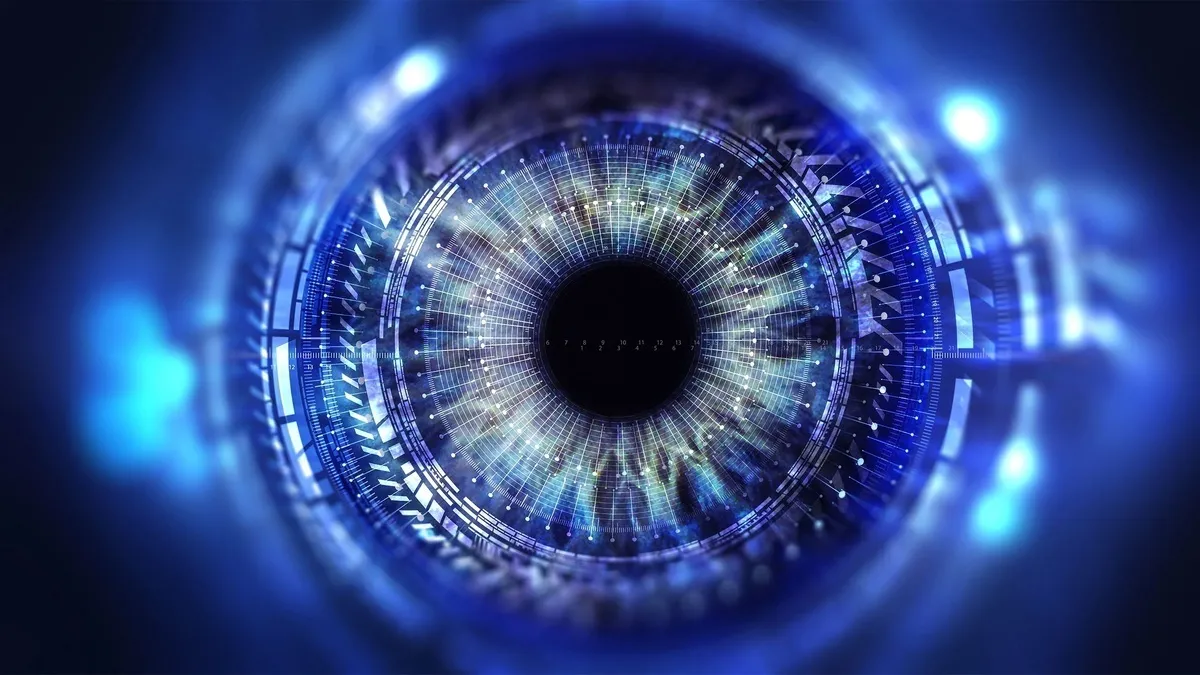Iranian Scientists Develop BCI Technology for Disabled People

“Thanks to the technological advances of the brain-computer interface (BCI) in recent decades, it has greatly helped the disabled people. In this system, the computer or robot does the job based on the information that comes from understanding what the disabled person wants,” Homayoun Jafari, the director of the Department of Physics and Medical Engineering of Tehran University of Medical Sciences, told ANA.
He explained that the BCI devices provide the possibility for humans to perform a task without the direct intervention of muscles and by using the signal of their brain, adding that they perform a specific action like controlling a prosthesis, typing letters, expressing meaning or controlling surrounding tools.
“In the past, most BCI devices worked based on low and medium frequency and had limitations, including user's eye fatigue, alpha signal rhythm interference, and causing epilepsy; however, in our research, a high-frequency system with new patterns was studied and a new system was designed with the ability to type letters on the screen with high visual frequency and without previous restrictions,” Jafari said.
“In this technology, a special design and light pattern is placed under each of the keyboard buttons, and the disabled person finds the desired letters by looking at them, and the word is written and seen on the screen,” he added.
Brain-computer interfaces (BCIs) acquire brain signals, analyze them, and translate them into commands that are relayed to output devices that carry out desired actions. BCIs do not use normal neuromuscular output pathways.
The main goal of BCI is to replace or restore useful function to people disabled by neuromuscular disorders such as amyotrophic lateral sclerosis, cerebral palsy, stroke, or spinal cord injury.
From initial demonstrations of electroencephalography-based spelling and single-neuron-based device control, researchers have gone on to use electroencephalographic, intracortical, electrocorticographic, and other brain signals for increasingly complex control of cursors, robotic arms, prostheses, wheelchairs, and other devices. Brain-computer interfaces may also prove useful for rehabilitation after stroke and for other disorders.
4155/v





















